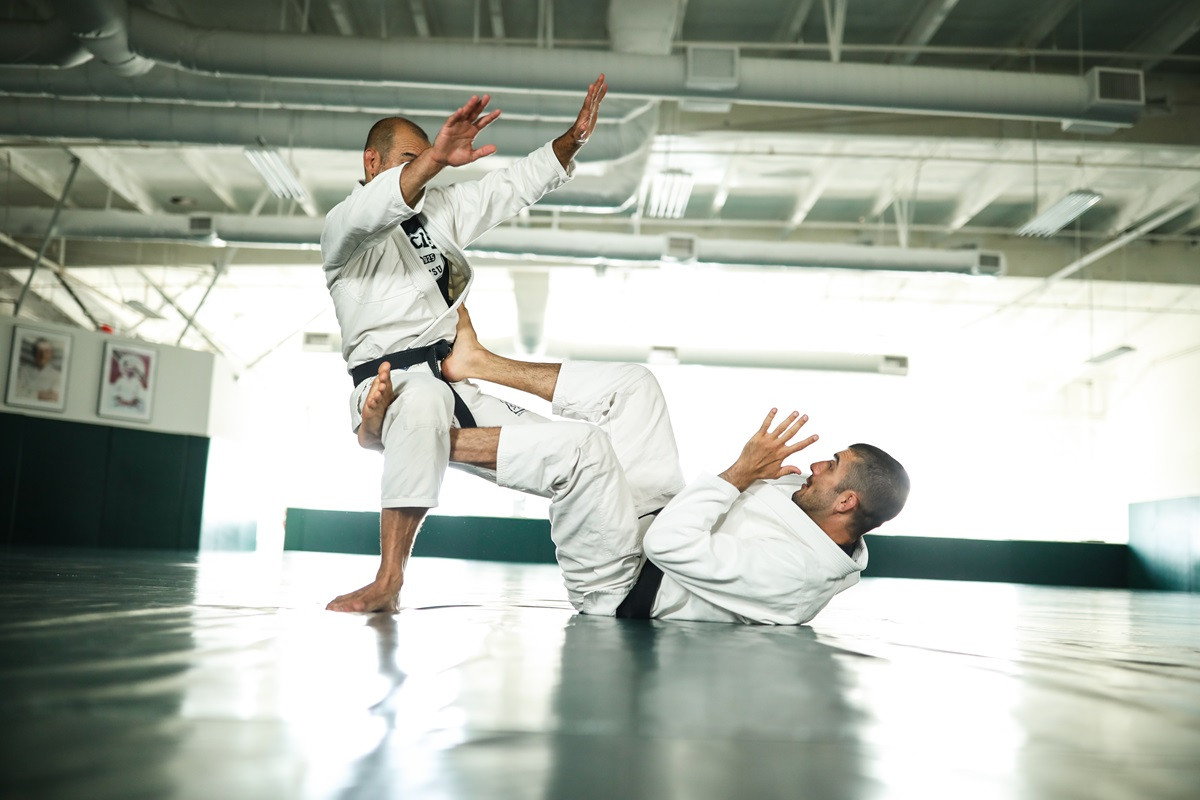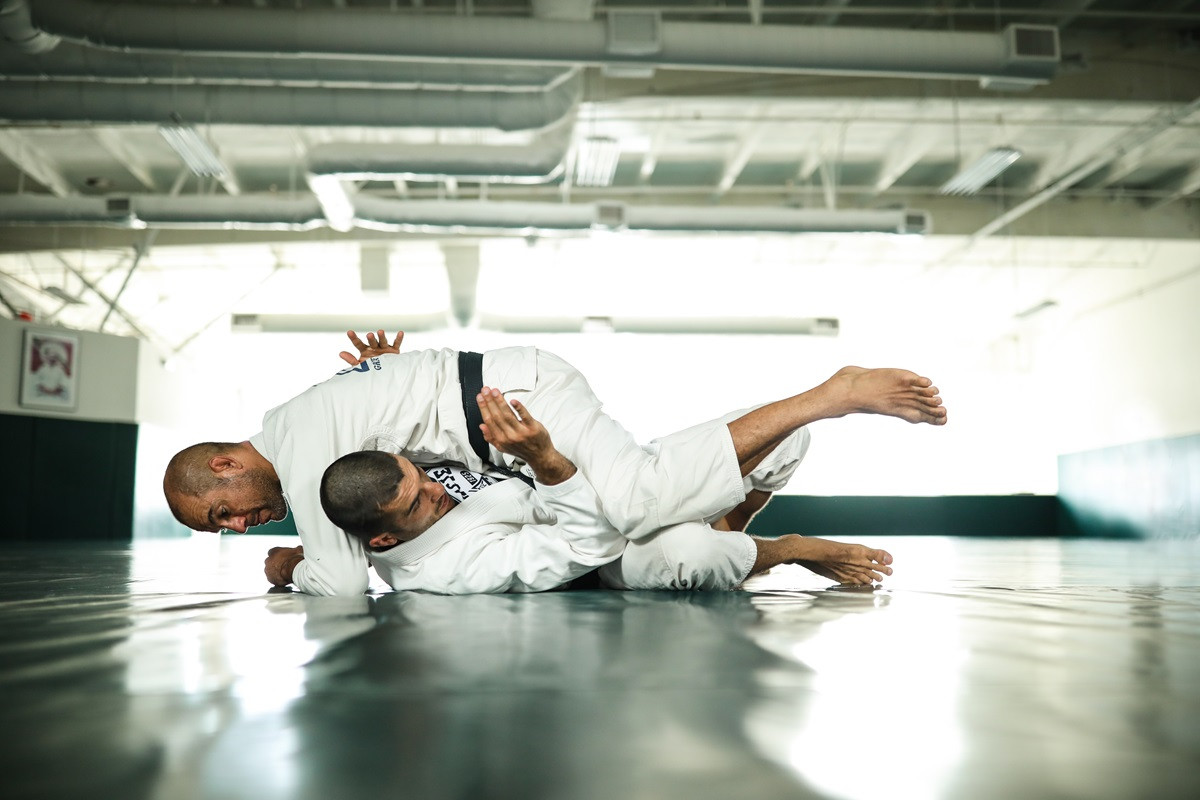Positions Every White Belt Should Know
Learning jiu-jitsu is no easy task. In addition to the physical difficulties associated with practicing martial arts (scrapes, bruises, sprains, and so on), it’s also mentally difficult because you need to constantly be thinking of strategies to defeat your opponent while under an extreme amount of stress. Additionally, white belts often spend months, if not years, simply learning all the terms, positions, and techniques of jiu-jitsu and integrating them into their muscle memory.
In the above video, Erika Wakefield of Jiu-Jitsu Times walks through some of the most common positions and terms that you’ll encounter in jiu-jitsu. This video is a great tool for sparring partners to review because you can actually see what the positions are supposed to look like. Erika also walks through the core objectives for the top position and the bottom position. These objectives are the guideposts to build your strategy around so that you can either defend and escape or advance an attack and submit.
Closed Guard
When you are in closed guard, your partner is between your legs (known as being caught in closed guard). You are on your back with your feet locked onto the small of their back.
Grips
There are several variations of grips when you are in closed guard. The most common is the double cuff grips, which means you are holding on tightly to the gi at the two sleeve openings.
Another common grip is the same side collar and sleeve or classic collar and sleeve grip, which is when you grip the lapel or collar that is directly in front of you (your right hand would grip their left collar; your left hand would grip their right collar) and use the other hand to grip the cuff. In this grip, you will want to have your thumb on the inside of the lapel and the other four fingers on the outside.
A variation is the cross collar and sleeve, which means your arm has crossed over to the other collar/lapel (your right hand to their right collar; your left hand to their left collar). With this grip, you want your four fingers on the inside and your thumb on the outside.
You also always want the thumb above the pinky finger (i.e. closer to the head) with your collar grips.
Objectives
If you are on top (caught in closed guard), you will want to pass their guard. Passing guard means breaking the guard, getting out and around their legs, and getting to a more dominant position such as mount.
If you are on the bottom (in closed guard), you want to either attack and put your opponent into submission or you want to sweep, which means going from the bottom to the top.
Side Control
As the name suggests, the top takes control from the side. If you are on top, you will usually get a crossface, which is an arm under the neck, and an underhook, which is an arm that goes around the shoulder. The two hands then meet in a gable grip—which is formed when all five fingers are palm to palm and perpendicularly. You will want to look toward your opponent’s feet to avoid catching a poke to the eyes. You will also want to keep your knees close to your partner’s body to minimize space.
To better protect themselves, the bottom partner will want to have their elbows at their ribcage so they can do what is known as framing. This is when you use the structural strength of your body (your skeleton) for leverage. In this case, framing also creates space between you and your opponent and will help breathe easier. If you are on the bottom, you will also want to have at least one knee bent with a foot firmly on the mat so that you can use the strength of your hips to bridge.
Objectives
If you are on the top, your objectives are to maintain control, advance the attack or take a more dominant position, and eventually submit your opponent.
If you are on the bottom, your objectives are to avoid submission and advances, and to then escape.

Knee on Belly
When you are in the dominant position, your shin should go across your partner’s belly just above their beltline. Your partner should be holding all your weight, so do not keep your toes touching the ground—either curl them or hook them into your partner’s hips. Your hands can then be placed on your partner’s shoulders, while your other leg is stretched out to post. Your post leg should be out long and strong, and not easily accessible to your partner’s reach.
Objectives
If you are on top, you can either advance to mount or submit your partner in this position through strikes or by putting them into a submission hold like an armbar.
If you are on the bottom, your goal is to escape. Carrying your partner’s weight is extremely uncomfortable and can make it difficult to breathe.
Mount
The mount is when the top partner is sitting above the hips of the bottom partner. There are several variations. Full mount is when the top is sitting on hips. High mount is when the top position shifts their weight onto the bottom’s chest. The grapevine position is when the top is low on the hips with their legs weaved under their knees, which prevents bridging.
If you are on the top, you’ll want your chest low, your arms out wide, knees snugly against your partner’s side, and your feet tucked under your partner.
If you are on the bottom, the basic defensive position will look a lot like side control. You’ll want to create space by framing with your arms, and you’ll want to bend at least one knee so you can bridge.
Objectives
If you are on top, your goal is to maintain control, hold the mount, and submit.
If you are on the bottom, your goal is to survive and escape.
Back With Hooks
In this position, both partners are sitting upright. The dominant position is in the back and they place their arms across their partner like a seatbelt. In fact, it’s known as seatbelt control. The arm that comes over the shoulder is known as the overhook. The arm that comes under the armpit is known as the underhook. The grip connecting the two is a ball and socket grip, which is created when you use your underhook hand to grab the overhook wrist. If you have the back position, you then bring your feet together in front of your partner and hook their hips. The bottoms of your feet should touch. Do not cross them, as this can easily be countered by an ankle lock. It can also put pressure on your knees if your partner ends up belly down.
Objectives
If you have the back, your goal is to maintain control and submit.
If you are in the front, your goal is to defend against advances and escape.
Half Guard
Half guard is similar to closed guard, but the major difference is that your legs are forming a triangle on your partner’s leg. From your back, you extend one leg straight out, use your other foot to hook around your knee, and then take the extended leg and bend it to trap your partner’s leg. You then turn and use framing on their shoulder and wrist to create space.
Objectives
If you are on top, your job is to pass the half guard by getting your leg free, and then moving into side control or another dominant position. If you are on the bottom, your goal is to sweep and get on top or recover full guard.
Grips
While there are several grips that have already been mentioned and described, it’s worth reviewing the end of the above video (starting at 6:20) to gain a better understanding of how the different grips are formed. She goes over the gable grip, the S grip, ball and socket grip, and the pretzel grip.

